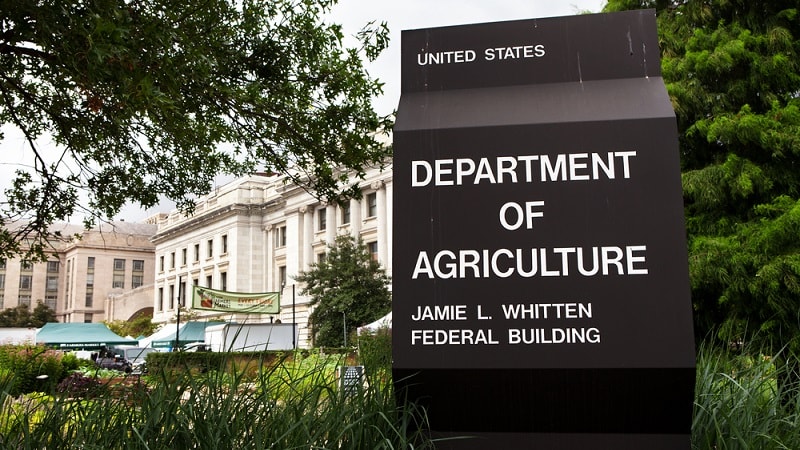
The General Services Administration (GSA) announced that its three-year partnership with the United States Department of Agriculture (USDA) helped the agency avoid more than $50 million in costs.
The USDA became the first-ever customer of GSA’s Technology Transformation Services (TTS) Center of Excellence (CoE) back in 2018, and GSA recently announced the successes of the partnership. The partnership led to the consolidation of 12 online contact centers, a modernized USDA website, and a 3.5 percent increase in USDA Farm Loan approval rates, GSA announced.
“This project is a prime example of GSA’s commitment to using technology to help Federal agencies deliver for the people and communities they serve,” GSA Administrator Robin Carnahan said in the release.
“This first-of-its-kind collaboration is already yielding significant benefits: expanding access to USDA loan programs for farmers and ranchers, making it easier for USDA customers to get the answers and information they need while avoiding burdensome costs. USDA has been a great partner over the last three years, and we look forward to these IT modernization efforts continuing to benefit customers and taxpayers for years to come.”
The partnership program had five focus areas: cloud adoption, contact centers, customer experience, infrastructure optimization, and data and analytics.
Together, USDA and GSA were able to:
- Close 31 of the agency’s 37 data centers, saving the agency $42.5 million;
- Launch AskUSDA, which serves as the front door for 15 USDA contact centers;
- Saved $10 million by reducing data analytics duplication;
- Launched a central USDA cloud office; and
- Trained 3,000 USDA employees in using dashboards, data visualization, and more.
“USDA is proud to have been the lighthouse agency for Federal IT Modernization,” USDA CIO Gary Washington said. “The roadmap we created in partnership with GSA is being used successfully across the Federal government. This creates not only a new customer-focused environment but also ensures we continue to save millions of dollars in duplicative and antiquated systems each year.”
